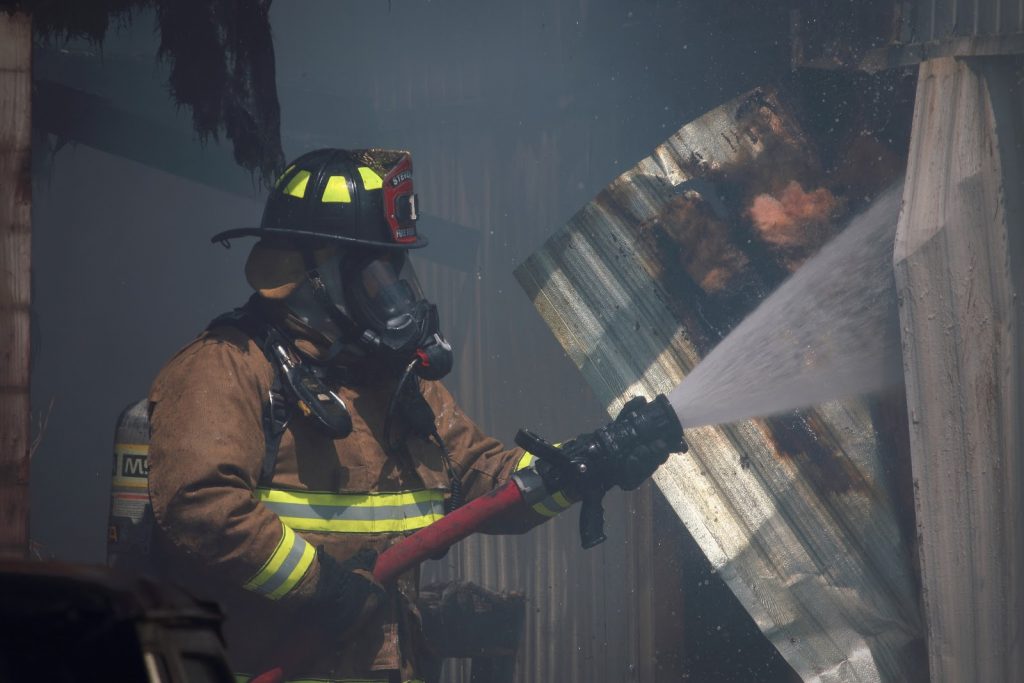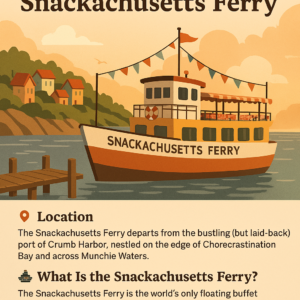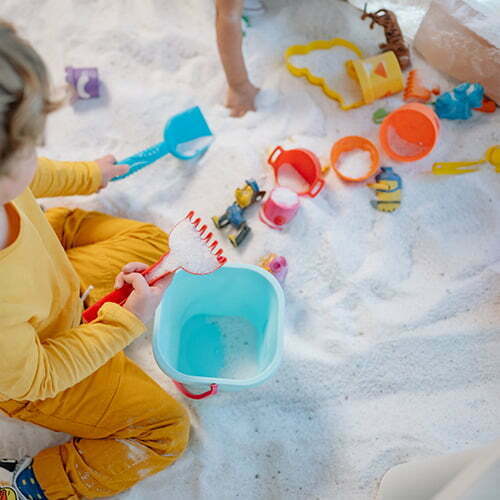Current bushfires in Australia are warranting emergency warnings that residents should heed. The natural environment and climate of Australia contribute to bushfires. Bushfire-prone areas include New South Wales (NSW), Queensland, and The New Territory. Factors that affect how bushfires start and spread include fuel, wind speed, humidity, and temperature.
An essential task for homeowners, those living in fire-prone areas, in particular, is to prepare their homes for bushfires as much as they can. Homeowners should try their best to make their homes safe and disaster-ready. For example, working smoke alarms are necessary.
The NSW Rural Fire Service provides home maintenance tips that are beneficial for homeowners to follow. Some recommendations include cutting back trees and shrubs, maintaining the lawn and keeping the grass short, removing debris, having a fire sprinkler system and water hose, and repairing roof tiles and any gaps in walls, doors, and windows.
Recommendations advise homeowners to remove any combustion prone materials near their house, as they can quicken the rate at which a bushfire spreads. Mowing the lawn and removing rubbish, such as leaves, woodpiles, and dead branches, from the front and back yards, can prevent the acceleration of bushfires. Cleaning the gutters on a routine basis can increase the chances of a house withstanding a bushfire.
Homeowners and their families should have a survival plan in place. It’s crucial that everyone in a household is aware of escape strategies and knows what to do and where to go during emergencies. Exchanging phone numbers with neighbors is a good idea that allows homeowners to keep in contact with their neighbors during emergencies.
Members of the neighborhood and community should get together and agree on procedures they will follow during bushfires. An evacuation option is designating a building or space the Neighbourhood Safer Place (NSP). For evacuation purposes, homeowners should pack essentials to take with them, should they need to leave their homes.
Homeowners can benefit from making copies of vital documents, such as driver’s licenses, birth certificates, passports, medical information, property documents, insurance documents, passports, and other files, and storing them in safe places. People should pack these items and other belongings, such as laptops and jewelry, if able.
If bushfires damaged or destroyed belongings and homes, homeowners should see if their insurance can cover the loss. Most home and contents insurance policies include home fires. Homeowners should check to see if their coverage includes damages caused by bushfires and if their home and contents insurance is current.
Home and contents insurance is essential. Home insurance prevents homeowners from paying for any needed yet expensive home repairs. Contents insurance is of equal importance, as it pays for any damaged and destroyed valuable belongings. Homeowners can use iSelect to compare home and contents insurance policies to find the one that works best for them. iSelect optimizes the process of comparing insurance companies and plans. When searching for insurance policies, homeowners should consider how much their belongings cost and the potential replacement costs for damages. People can increase their level of fire preparedness by looking for insurance policies before the bushfire season.
A crucial aspect of preparing one’s home for a bushfire is helping firefighters and rescuers as much as possible. The visible display of numbers on houses gives firefighters and responders quicker ways to identify houses. Homeowners should heed emergency warnings and leave their homes when they can. Ushering their families and themselves to safety is homeowners’ main priority during natural disasters. Having insurance is a way of keeping one’s house and belongings safe, and can help one feel somewhat at ease.














